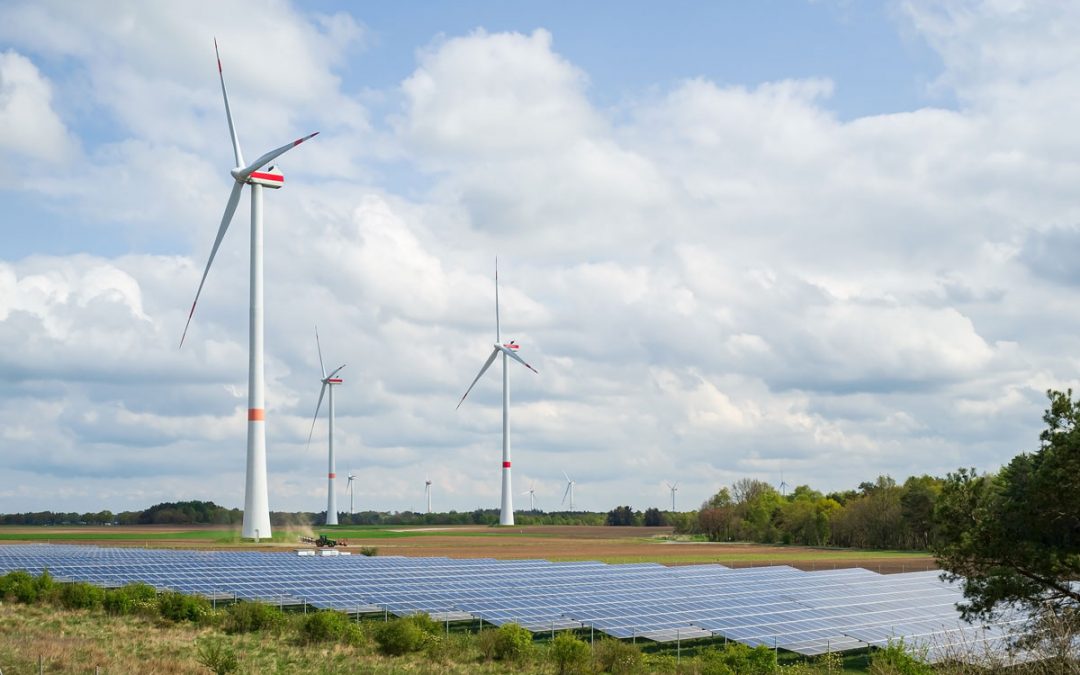Why engineering realism, not ideology, must guide the next phase of clean energy innovation
Wind and solar power have transformed global energy generation, cutting emissions and expanding access to clean electricity. Yet recent analysis from the Centre for Independent Studies (CIS) highlights an emerging truth: as renewable generation grows, so too do electricity costs. The findings suggest that while renewables are essential, they cannot alone deliver reliable, affordable energy for modern economies.
The Renewable Honeymoon
According to the CIS analysis, electricity prices rise sharply once renewables exceed certain thresholds. Countries with less than 21 per cent wind and solar generation have average prices of around US $0.15 /kWh. Those between 21 and 33 per cent average US $0.24 /kWh, while nations exceeding 33 per cent face around US $0.37 /kWh.
The report concludes that “no country has achieved renewable penetrations higher than 60 per cent without costs going up. A low-cost, wind-and-solar-dependent country simply does not exist.”
These findings illustrate what might be called the “renewable honeymoon” phase: early gains in deployment and affordability give way to system-wide challenges as renewable penetration increases.
Why Costs Rise as Renewables Expand
The reasons are largely structural. As the share of variable generation grows, three pressures intensify:
- Curtailment – excess generation during high-output periods
- Storage – the need to shift energy across time to match demand
- Transmission – the cost of moving power from generation sites to consumption centres
Together, these factors make high-renewable systems complex and costly to manage. In Australia, network expansion, battery storage, and grid balancing are already driving up costs even as renewable capacity grows. The assumption that “more renewables mean cheaper power” no longer holds in economic or engineering terms.
A Cautionary Example: Lessons from Pakistan
The challenge is global. In Pakistan, the rapid rollout of solar-powered water pumps for irrigation was meant to reduce energy costs and support farmers. However, limited coordination between energy and water planning has led to new problems, including groundwater depletion and local grid instability.
Recent reports from Pakistan’s Punjab province show how even well-intentioned energy transitions can have unintended consequences. This case highlights the importance of system-wide planning — cheaper and cleaner energy solutions must also be sustainable within their environmental and resource context. Without integrated systems thinking, progress in one area can create pressure in another.
ENG8’s Perspective: The Case for DeepTech Energy
At ENG8, we believe the next stage of the energy transition must focus on engineering reality as much as ambition. The future depends not only on expanding renewables but also on integrating new, dispatchable and efficient technologies that can provide continuous, low-cost power without extensive storage or transmission infrastructure.
Technological breakthroughs — including emerging hydrogen-fusion research such as Professor Akito Takahashi’s New Hydrogen Fusion Energy (NHFE) project in Japan — show that deep scientific innovation continues to unlock new frontiers in sustainable heat and power generation. ENG8’s EnergiCell® technology applies advanced catalysed fusion research to develop low-emission energy systems designed for reliable, decentralised deployment, while ongoing work continues to demonstrate its full potential.
The Solution: The EnergiCell as a Bridge
The EnergiCell offers a compact, catalysed fusion-based energy solution that provides stable, on-demand power and can operate either independently or alongside renewables. By reducing reliance on large-scale batteries and grid reinforcements, it directly addresses the system costs identified in the CIS report.
EnergiCell systems are designed to provide flexible, decentralised power, capable of supplying industrial, commercial and residential users in addition to supporting the wider grid. This versatility allows ENG8 to address multiple energy needs, from critical infrastructure to localised energy independence, while complementing broader system stability.
This flexibility makes it a viable alternative to wind and solar, capable of delivering the stability and affordability required for true energy independence. Over time, as systems scale, the EnergiCell can become a serious competitive alternative to existing renewable technologies.
As a deeptech company, ENG8’s mission is to enable the next generation of energy infrastructure: decentralised, efficient and sustainable. This approach supports a more balanced energy mix where renewables can continue to grow without compromising affordability or reliability.
From Ideology to Implementation
The “renewable honeymoon” has delivered vital progress, but the next phase of the energy transition demands engineering realism and technological maturity. Policymakers must look beyond ideology to embrace solutions that combine sustainability with system stability.
Low-cost, dispatchable energy will be the cornerstone of affordable decarbonisation. With the EnergiCell, ENG8 is developing technologies that make clean energy dependable, affordable and scalable — bridging the gap between ambition and practical implementation.
References:
- Centre for Independent Studies. The Renewable Energy Honeymoon: Starting is Easy, the Rest is Hard. 2024. https://www.cis.org.au/publication/the-renewable-energy-honeymoon-starting-is-easy-the-rest-is-hard/
- Reuters. “Pakistan’s solar-powered wells bring water — and new worries.” October 2025. https://www.reuters.com/
- International Water Management Institute (IWMI). Solarising Agriculture in Pakistan: Opportunities and Challenges. https://www.iwmi.cgiar.org/
- Akito Takahashi, For Social Implementation of New Hydrogen Fusion Energy, ResearchGate, 2025. https://www.researchgate.net/publication/395926636_For_Social_Implementation_of_New_Hydrogen_Fusion_Energy
- ENG8 Energy. EnergiCell® Technology Overview. https://eng8.energy/technology
Learn more about ENG8’s EnergiCell technology and how it supports a reliable, low-cost energy future at eng8.energy/technology.

